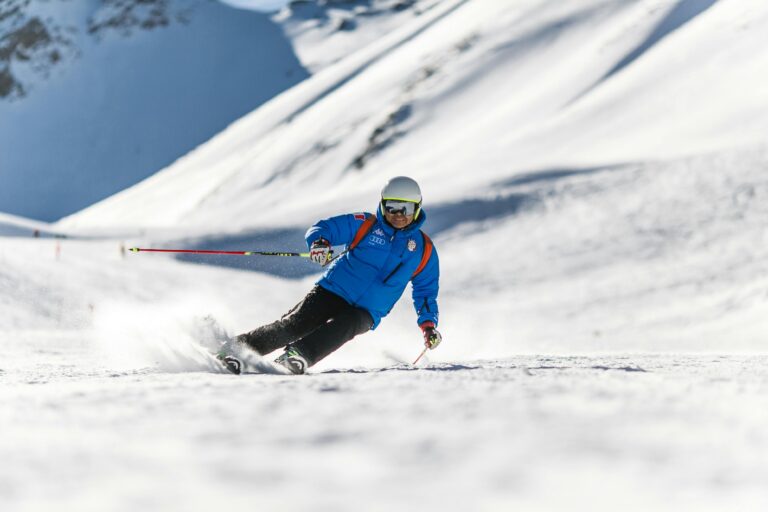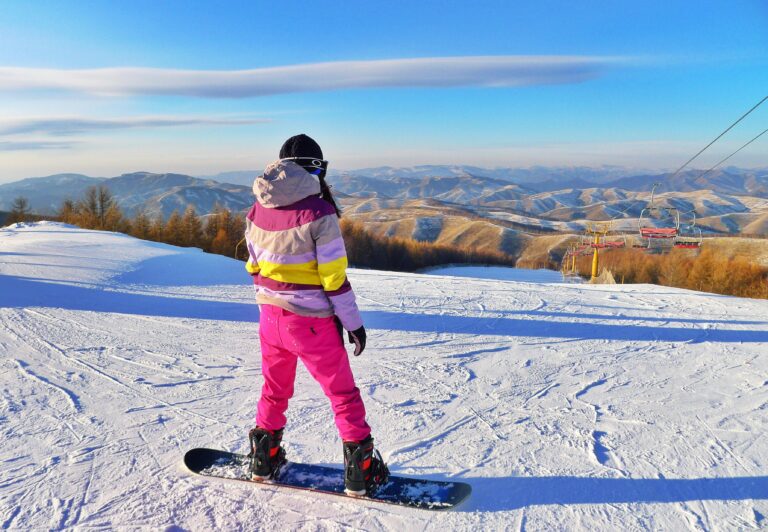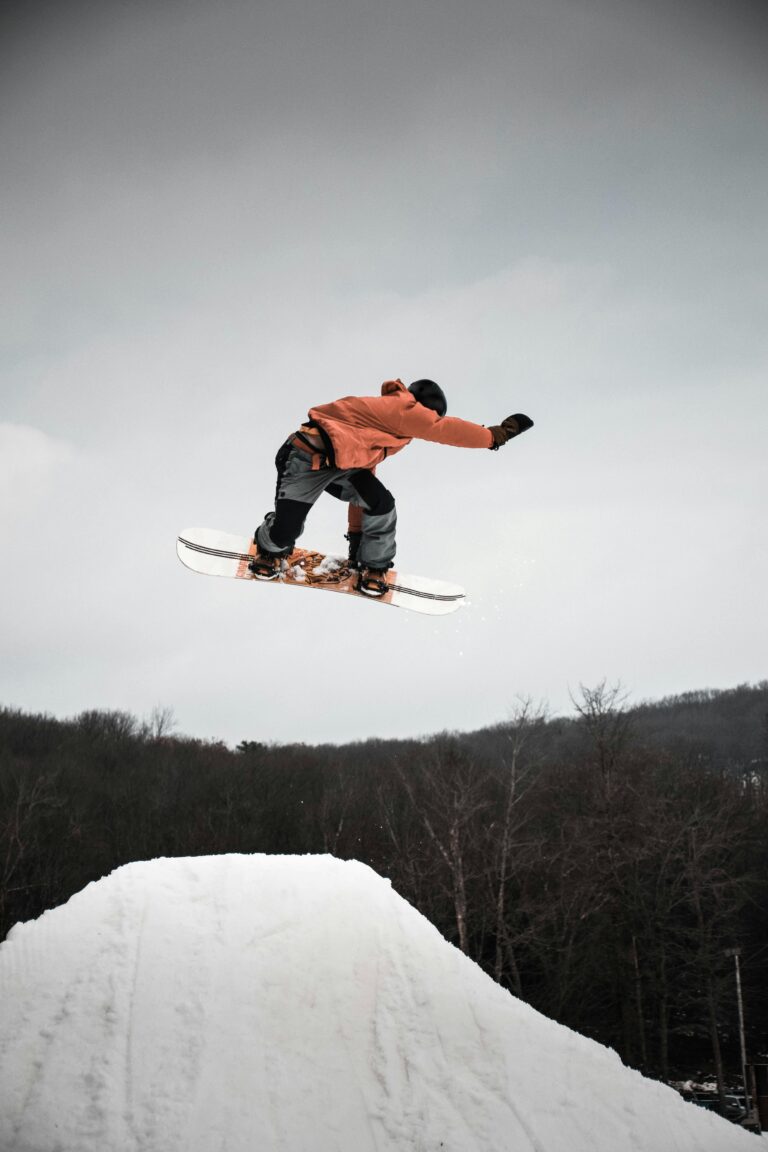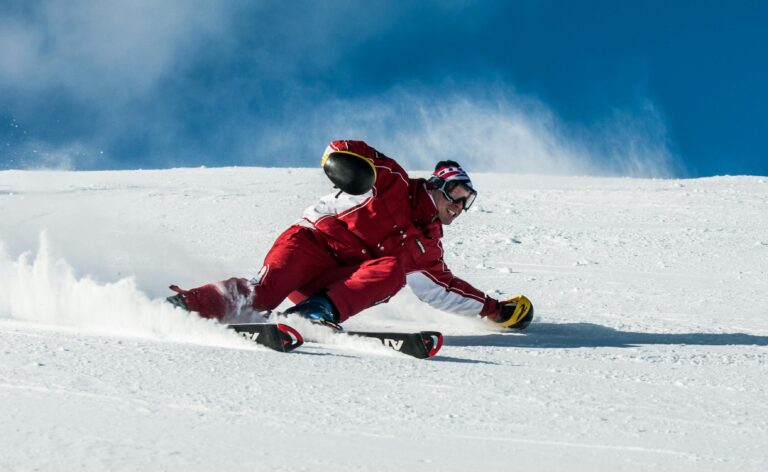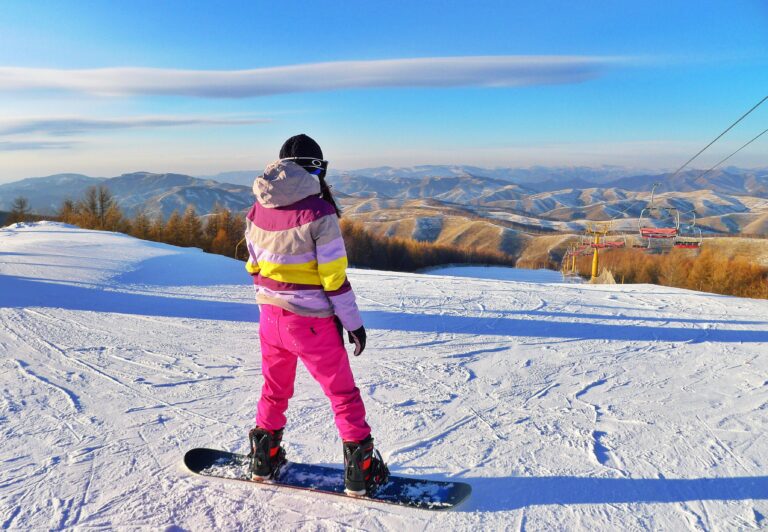Ever found yourself doubting your pole plant as you weave down a slope? You’re definitely not alone. I’ve been there too—thinking it looked awkward or a bit unnecessary. But here’s the truth: mastering your pole plant can seriously level up your skiing. It’s like your secret trick for better balance, smoother rhythm, and tighter control—especially on those tricky turns.
In this guide, I’ll walk you through everything about pole planting—from why it matters, to nailing the timing and technique. I promise, by the end, you’ll feel way more confident on your skis!
Quick Steps to Mastering Pole Planting:
- Recognize: Acknowledge the pole plant as a vital technique rather than an optional move.
- Position: Keep your arms slightly bent and in front of you for balance.
- Time: Plant your pole when your skis flatten during a turn.
- Practice: Use the correct pole for the respective turn for fluidity and rhythm.
Understand the Importance of the Pole Plant in Skiing
Let’s clear this up: pole planting isn’t just a fancy move; it’s key to skiing well. When you get it right, it improves your balance, sets a solid rhythm for linking turns, and makes tricky terrain feel way less intimidating.
Think of a well-timed pole plant like an anchor for your skiing—it helps you hold steady through sharp turns or icy patches. Pro skiers swear by it for boosting control on steep slopes and tough transitions (US Ski & Snowboard).
How to Get Started
I’ve found that watching a few basic pole planting videos on YouTube really helped me visualize what it should look like. This tutorial on pole planting is a solid place to start.
Pro Tip
If you’re shrugging off pole planting as “optional,” it’s time to switch gears. Embrace it fully—it’ll make a noticeable difference.
Master the Arm and Hand Position for Pole Planting
Your arms? Slightly bent, in front of you, a bit to the side—that’s the sweet spot. Keep them relaxed. I can’t stress this enough because tension only messes with your balance. The goal is to be ready to adjust smoothly.
Why It Matters
Proper arm position keeps you centered over your skis. When your upper body stays aligned, you’re less likely to wipe out.
Here’s How
Try holding your poles with elbows wider than your shoulders and hands wider than your elbows. It might feel weird at first, but it really helps. Matheson’s Ski Academy breaks down some great exercises for this (link).
Common Pitfalls
Don’t let your arms fly all over the place. Overdoing it can throw off your center of gravity in a heartbeat.
Timing is Critical – Learn When to Plant Your Pole
Timing makes or breaks the pole plant. You want to plant your pole right as you switch turns—basically, when your skis flatten on the snow.
Why Is This Key?
Planting at the right moment keeps your balance solid and makes turns flow easily. I always picture it like a dance move: get the rhythm wrong, and everything feels clumsy.
Here’s How to Get It Right
Focus on moving ‘up and forward’ during your turns. As you start switching directions, your body naturally lifts—you want to plant the pole right then. Watching this Pole Planting Tutorial helped me catch the timing visually.
Pro Tip
Don’t wait too long—planting late can wreck your control. Aim to plant the pole while fully extended for best support.
Perfect Your Basic Pole Plant Technique
Here’s a simple trick to practice: always use the pole on the side you’re turning toward—right pole for right turns, left pole for left turns.
Why Does It Matter?
Using the right pole builds a rhythm that makes linking turns feel natural, even when the terrain gets tough.
So, How Do You Practice?
Start with long, gentle turns while focusing on your pole plant. Sites like Winter Sports Institute have drills you can follow to build muscle memory.
Common Mistake
Planting the wrong pole will mess up your balance and rhythm. It’s a small detail that makes a big difference.
Practice in Different Terrains to Enhance Your Pole Plant Skills
Push yourself by practicing on all sorts of terrain: bumps, steep runs, and powder. Each will challenge you differently.
Why Different Terrains?
Every surface demands a tweak to your technique. The more you expose yourself, the sharper and more adaptable your pole plant becomes.
How to Enhance Your Skills
Try ski clinics focusing on pole planting across various terrains. Ski Magazine and similar sites also offer solid pointers for different conditions.
Pro Tip
Start on easier slopes to build confidence, then ramp up the difficulty as you get stronger.
Practical Tips & Common Mistakes
Here are some essential tips to keep in mind:
- Always plant the pole on the side of the turn for maximum balance.
- Relax your arms; too much tension can lead to misalignment.
Common Mistakes:
- Forgetting which pole to plant can throw your performance off.
- Overreaching with your arms can lead to a loss of balance.
FAQs
What is a pole plant in skiing?
A pole plant is the technique of using your ski pole for support during turns, which helps maintain balance and provides rhythm.
Why is timing important in pole planting?
Proper timing ensures stable skiing; planting at the right moment keeps your transitions smooth and controlled.
What are common mistakes when learning to pole plant?
Mistakes often include incorrect timing, wrong pole placement, and excessive arm movements, which can all disrupt your technique.
For further insights, you can also explore other critical skiing skills like how to stop or turn by checking out these guides: How to Stop on Skis and How to Turn When Skiing: Basics & Parallel Turns. Mastering the fundamentals like pole planting will take your skiing to the next level!
Suggested Videos
Here are some fantastic resources to watch for better understanding:
- Check out this engaging tutorial:
- And for more advanced techniques, have a look at this one too:

Happy skiing! Remember, practice makes perfect, and mastering the pole plant is a step toward becoming a confident skier on the slopes.

